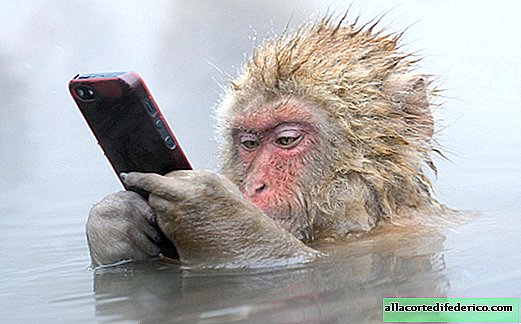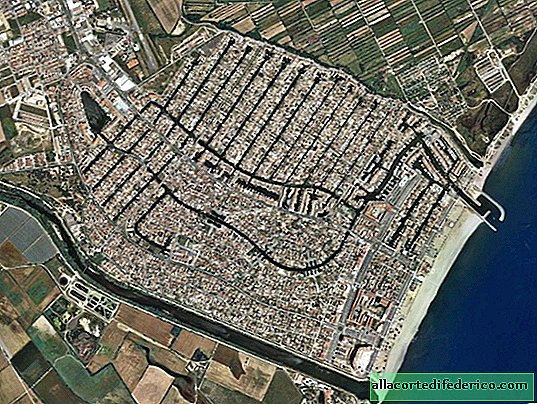Striped: where the most original hare on the planet lives
We are used to the fact that hares are gray or white, depending on the season. But among the representatives of this family there are much more original color options. For example, a hare living in the forests of Sumatra, which has striped fur, which looks very unusual.

Despite the fact that the striped hare was first described in the distant 1880, it was possible to take his first photograph only in 2000. The blame for this is the rarity of the animal, as well as a secretive lifestyle. These animals live exclusively on the island of Sumatra and only in its southwestern part, where the volcanic mountain range Barisan stretches. This is a unique region of the planet in terms of the wealth of the animal and plant worlds, which inhabits many endemic species, including the striped hare. The Barisan ridge has significant heights of up to 3-3.8 kilometers, but the striped hares do not rise above 1.4 kilometers, inhabiting humid tropical forests. Part of the range of the striped hare is in the zone of protected national parks.

Striped hares differ from their relatives in an atypical coat color. The overall background is reddish-gray with a lighter shade on the abdomen. Dark brown stripes of different widths run across the entire surface of the body from nose to tail. The animal has very thick and soft fur, as well as small ears. Animals feed on foliage and young plant stems. The striped animal leads a nocturnal lifestyle, preferring to sit out in shelter during the day, and leaves it at dusk. Obviously, such a striped color is a wonderful camouflage in a tropical forest full of predators.

But predators are not the main danger that threatens this species. Unfortunately, the number of striped hares is declining due to the decrease in rainforest area. The pristine jungle is cut down for the expansion of agricultural plantations, and with them the unique fauna of the Barisan ridge disappears. The situation is complicated by the fact that these hares are not able to live long in captivity, therefore they are not kept in nurseries or zoos.


















